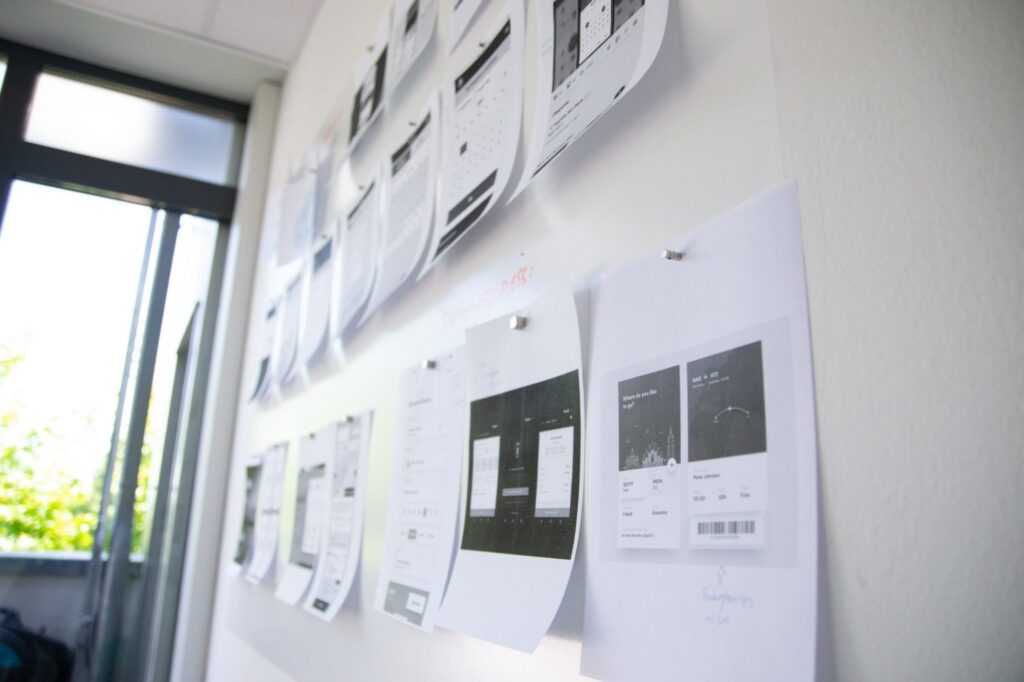How can you improve your user experience?
We recently attended a Meetup by Sophia Prater titled “The Life-changing Magic of Tidying Up Your UX Process”, part of her Object Oriented User Experience (OOUX) workshops. The workshop was a spin on Marie Kondo’s hit book and series that encourages you to declutter your home by assessing if your possessions “bring you joy”. Though, before we get to joy, we have to ensure a user will be able to understand and navigate your digital environment.
Why? Actions surrounding objects in real life are straightforward – you can pick up a book, open it, put the book on the shelf. There is little guidance needed when you hand someone a book.
Relations between digital objects are not as clearly defined as physical objects. What happens when you digitize that book? The actions become much broader – open the book, copy it, change the view layout, share it with people… Every digital book is going to be a different experience for every user. Before we can ask if digital objects spark joy, we have to determine if the user fully understands the tasks associated with that object to lessen the learning curve and encourage adoption.
Sophia outlined 4 main areas to help with decluttering:
1. Improve consistency across objects to lessen the learning curve
Designers have a tendency to adjust an object (button, icon, shape) but each adjustment steepens the learning curve of a user. Let frequency of use determine the slope of that learning curve.
2. Make actions distinct and recognizable to reduce confusion
Have you ever clicked on a button and it didn’t do what you thought it would? For example, you wanted to share an article you read to one of your friends, but instead it shared on your social media that you read the article? Infuriating, right? Lessen the learning curve by giving the user a hint at what is on the other side with wording or icons.
3. Encapsulate data so that it is clear where information is stored
Information architecture is one of the hardest things to nail by yourself. What you may think is intuitive or simplified could be incredibly complicated to someone else. This is where user testing and research comes into play. The more intuitive, the faster users will adopt your product!
4. Simplify navigation and strive for a three-click rule
This goes along with the above point, but takes each capsule and organizes it logically. Here, internal links will help your user jump from topic to topic that are related but perhaps located in different areas of your product. There’s no reason to complicate your primary navigation!
Once you’ve used these four tips to improved your user experience, you can better assess what objects in your digital environment truly bring you joy.
